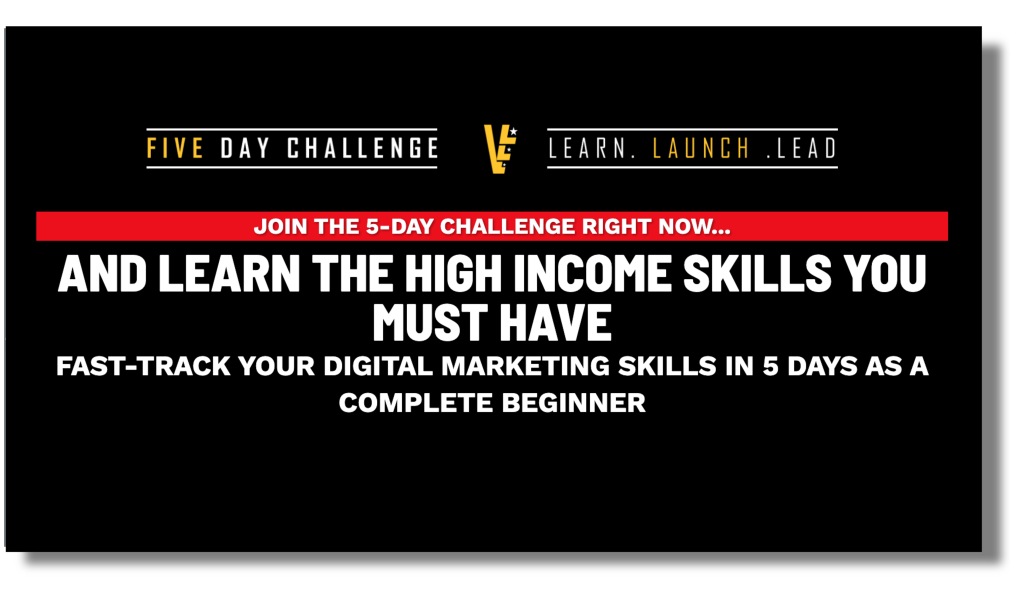Master the Art of Writing SEO Articles That Drive Real Traffic
How to write SEO articles to increase website traffic

How do I write SEO articles that actually boost traffic while staying true to my niche and keywords?
It’s a question I hear all the time—a mix of desperation and curiosity in the voice, like someone trying to solve a puzzle with missing pieces. You’ve probably been there: staring at a blank page, a long-tail keyword scrawled at the top, and a gnawing sense of doubt creeping in. Will this article do what it’s supposed to? Can it stand out in a sea of content while still playing nice with search algorithms? Let’s unpack that together.
If there’s one thing I’ve learned from countless hours spent wrangling words and analyzing data, it’s this: Writing SEO articles isn’t about gaming the system. It’s about creating something that resonates with humans first, algorithms second. That’s the real magic—and it starts with a mindset shift.
Think of SEO as a conversation. You’re not just throwing keywords into a void; you’re answering real questions, solving problems, and building trust. Imagine sitting across from your ideal reader, listening to their struggles, and saying, “I’ve got just what you need.” That’s the energy we’re going for.
Now, let’s break this down into some practical, human-sized steps.
Start with the Right Question
Before you write a single word, pause and ask yourself: What is my audience really looking for? Sure, you’ve got your keyword—maybe it’s something like “how to repot succulents” or “best productivity apps for remote work.” But what’s the bigger question behind that phrase? Are they frustrated because their plants keep dying? Overwhelmed by too many app choices? Curious but unsure where to begin?
Get specific. Crawl forums, scroll through comments, or even use tools like AnswerThePublic to see what people are genuinely asking. It’s like detective work, and the more effort you put into this step, the more targeted your article will be. This isn’t just about traffic; it’s about the right traffic—people who’ll actually care about what you have to say.
Write for a Real Person (Not a Robot)
It’s tempting to start stuffing keywords everywhere, but trust me, readers can spot an over-optimized article from a mile away. Nobody wants to feel like they’re being sold to or manipulated. Instead, picture your reader—not as a vague “user,” but as a fully fleshed-out human being. What do they care about? What’s their tone? Are they formal and research-driven, or do they appreciate a sprinkle of humor?
Let’s say your keyword is “best hiking trails for beginners.” Rather than launching into a robotic list, weave a little story. “Picture this: It’s your first sunny Saturday in weeks, and you’re itching to get outside. You want a trail that’s easy enough to enjoy but still gives you that little thrill of adventure. Sound familiar?”
That’s the hook. You’ve acknowledged their need, painted a relatable scenario, and invited them into the narrative. The keywords will follow naturally—you don’t need to shoehorn them in.
Structure Matters (But Don’t Overthink It)
People online skim—you’ve probably done it yourself, scrolling through an article until something catches your eye. So make it easy for them. Use clear headings, short paragraphs, and bulleted lists where it makes sense. But here’s the thing: Don’t let structure kill your flow.
Sometimes, when you’re in the zone, you’ll write a long, winding paragraph that just works. It has rhythm, depth, and emotional pull. That’s okay. Not every section has to be bite-sized. Balance is key—a mix of scannable sections and immersive storytelling keeps readers engaged.
The Art of Subtle Optimization
This is where the technical stuff comes in, but let’s keep it simple. Your primary keyword should feel like a natural part of your content. It’s the thread that ties everything together, not a flashing neon sign. Sprinkle it in the headline, a few subheadings, and organically throughout the text. No need to overdo it.
Then, think about related keywords or phrases. These are your supporting cast—terms that enrich the main topic and show search engines you’re covering it in depth. For instance, if your article is about “best hiking trails for beginners,” related phrases might include “easy hiking tips,” “hiking gear for beginners,” or “family-friendly trails.”
Oh, and don’t forget metadata—your title tag and meta description are prime real estate. Write them like mini ads: clear, compelling, and full of curiosity. “Discover 10 beginner-friendly hiking trails that blend scenic views with easy terrain. Perfect for your next outdoor adventure!” See how that’s enticing without being overly pushy?
Make It Shareable
Here’s a truth bomb: People share content that makes them feel something. Maybe it’s a sense of accomplishment, a laugh, or an aha moment. Whatever it is, aim to evoke an emotional response.
Take the hiking example again. Instead of just listing trails, add personal touches: “This trail has a hidden waterfall that’s like stepping into a postcard.” Or “The sunset views here? Pure magic. Don’t forget your camera.” These little details make your content memorable—the kind of thing readers want to send to a friend with a “We need to try this!”
And while we’re at it, think about visuals. A well-placed image, infographic, or even a quick video can elevate your article from “meh” to “wow.” Just make sure they’re relevant and high-quality—nobody’s sticking around for pixelated stock photos.
Be Patient but Strategic
SEO is a slow burn, not a quick fix. It takes time for your content to climb the rankings and attract the audience it deserves. But that doesn’t mean you can’t nudge things along. Share your article on social media, send it to your email list, and collaborate with others in your niche to spread the word.
Remember, every piece you publish is a brick in the foundation of your online presence. Some articles might take off immediately; others might simmer for months before gaining traction. That’s normal. What matters is consistency and quality over the long haul.
At the end of the day, writing SEO articles isn’t about tricks or shortcuts. It’s about understanding your audience, crafting something meaningful, and trusting the process. So the next time you’re staring at that blank page, remember this: You’re not just writing an article. You’re starting a conversation, building a connection, and adding value to someone’s life.
And isn’t that why you started in the first place?
Transform Your Writing Process
"Writer’s block doesn’t have to keep you hostage. Transform those moments of frustration into creative breakthroughs with tools designed to get your ideas flowing effortlessly."
Don’t let fear or confusion hold you back
"There’s so much information out there—how do I even begin to sort through it all?"
If you've ever caught yourself whispering (or maybe shouting) this question into the void, you’re not alone. In a world where Google serves up millions of search results in seconds, the sheer abundance of information can feel less like a gift and more like a tidal wave.
"I know I need to post regularly, but keeping up with this schedule feels impossible."
If you’ve ever caught yourself thinking this—or maybe even muttering it under your breath after staring at an empty content calendar for the umpteenth time—you’re not alone.
"Who am I to claim expertise? I’m not even sure I know what I’m doing."
If that thought has ever crossed your mind—and let’s be honest, it probably has—you’re not alone. I’ve been there too, staring at the blinking cursor on my screen, feeling like every word I write is doomed to fall short.

About The Author
Hi, I’m Anderson, and I specialize in crafting SEO-optimized content that helps businesses like yours elevate their online presence and drive website traffic.
I know how overwhelming content creation can feel—juggling keyword research, maintaining audience engagement, and meeting deadlines, all while trying to rank higher in search results. That’s where I come in. With a passion for storytelling and a sharp focus on strategy, I deliver high-quality articles, blogs, and marketing copy tailored to your goals. Let me take the guesswork out of content creation so you can focus on growing your business.
Anderson O..A.
© Copyright Jenga Online. All Rights Reserved




